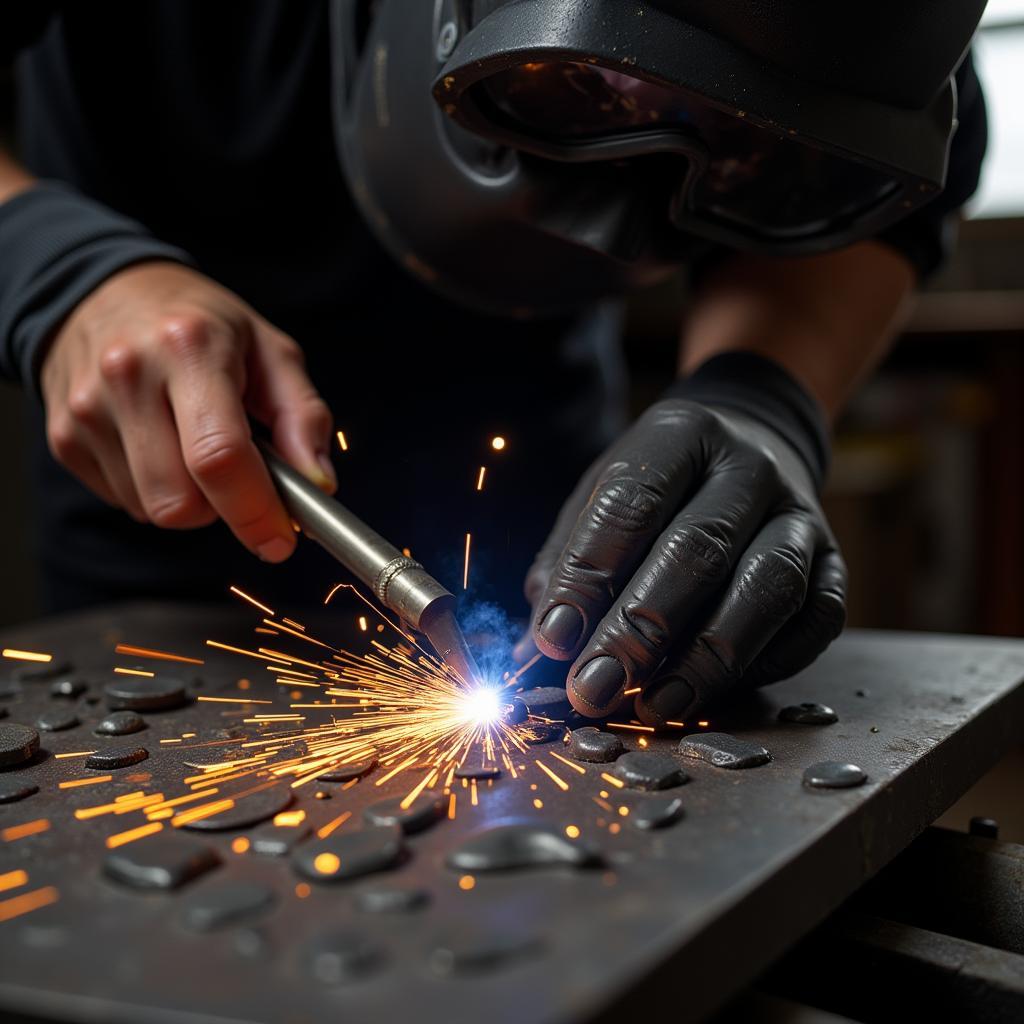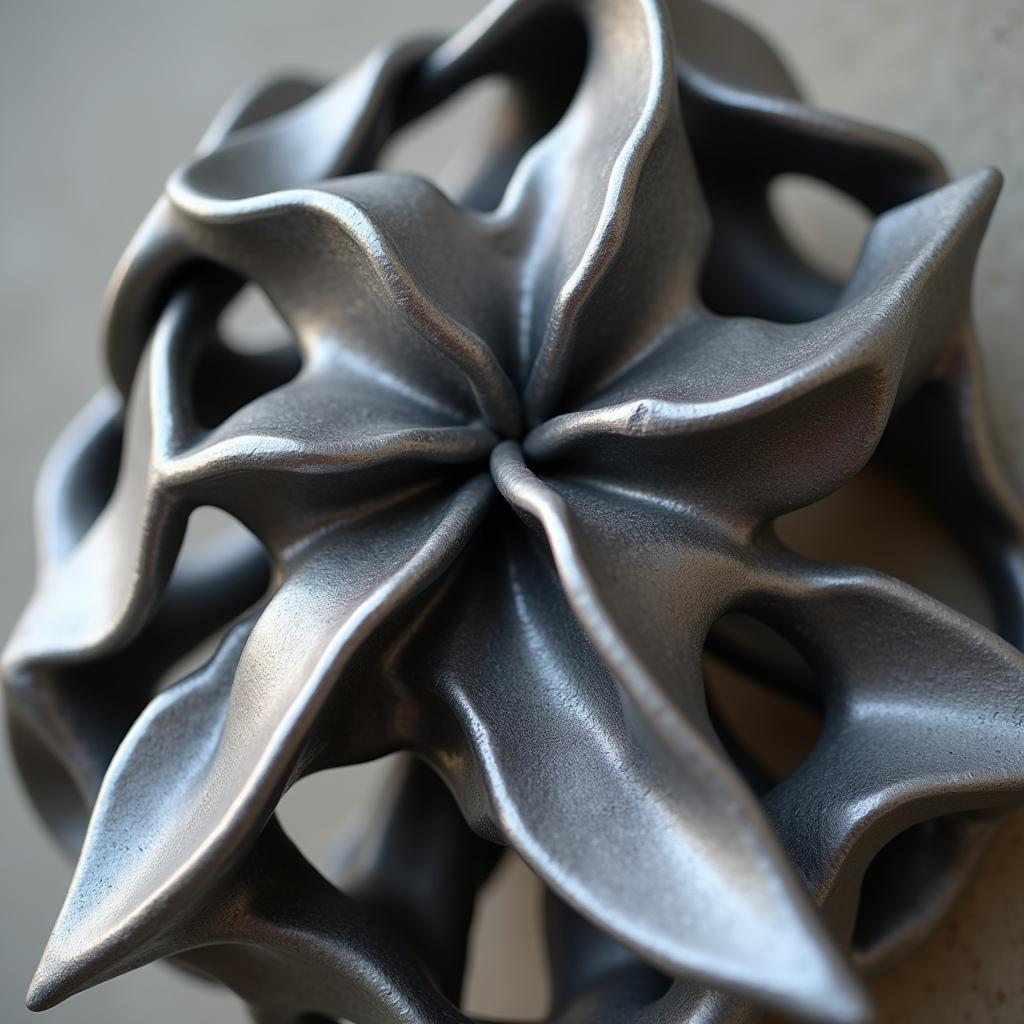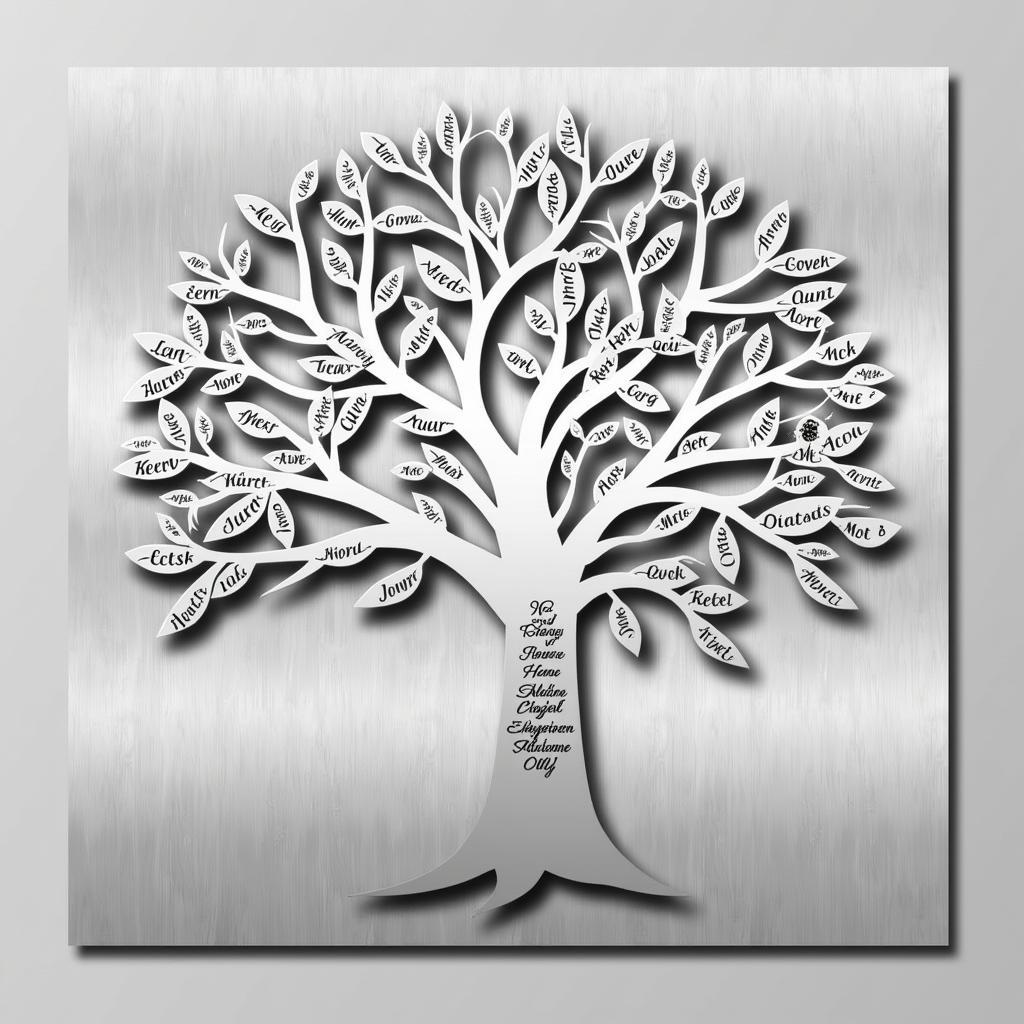Exploring the Fusion of Metal Fabrication and Art
Metal Fabrication And Art may seem like distinct disciplines, but their intersection creates a captivating world of artistic expression. From intricate sculptures to large-scale installations, metal’s inherent strength and malleability offer artists a unique medium to bring their visions to life. This article delves into the fascinating realm where industrial processes meet artistic ingenuity, exploring the techniques, possibilities, and inspiring creations that emerge from this powerful fusion.
Transforming Metal into Art: Techniques and Processes
Metal fabrication provides a vast toolkit for artists, enabling them to manipulate metal into diverse forms. Welding, forging, casting, and cutting are just a few of the techniques employed to shape and transform metal. Welding, for instance, allows artists to join different pieces of metal, creating complex structures and intricate designs. Forging, on the other hand, involves heating and hammering metal, allowing for organic shapes and textures. metal wall art and sculptures are often created using a combination of these techniques.
The Artistry of Welding: Joining Form and Function
Welding is a fundamental process in metal fabrication and art. Different welding methods, such as MIG, TIG, and stick welding, offer varying levels of precision and control, allowing artists to achieve specific aesthetic effects. The heat and pressure involved in welding can create unique textures and color variations, adding another layer of artistic expression to the finished piece. From delicate jewelry to monumental sculptures, welding plays a crucial role in shaping metal into captivating art forms.
Artists often experiment with different metal alloys to achieve unique colors and patinas. For example, weathering steel, also known as Corten steel, develops a distinctive rust-like finish over time, adding a sense of age and history to the artwork. This exploration of materials and finishes further expands the artistic possibilities within metal fabrication.
 Metal Fabrication Welding Techniques in Art
Metal Fabrication Welding Techniques in Art
Metal as a Canvas: Exploring 2D and 3D Art
Metal fabrication offers artists the flexibility to work in both two and three dimensions. 2d metal art can take the form of intricate wall hangings, decorative screens, or even functional pieces like gates and railings. In these applications, the metal itself becomes the canvas, with artists using techniques like etching, engraving, and embossing to create intricate patterns and textures.
Sculpting with Steel: Bringing Ideas to Life in 3D
Three-dimensional metal art encompasses a wide range of forms, from small figurines to large-scale public installations. metal sculpture art allows artists to explore volume, space, and form in unique ways. The inherent strength of metal allows for dynamic and gravity-defying sculptures, while its malleability enables intricate details and flowing curves. Many sculptors combine found objects with fabricated elements, creating mixed-media pieces that tell a story or evoke a particular emotion.
“Metal offers a unique challenge and reward,” says renowned sculptor Anya Petrova. “Its rigidity requires careful planning and execution, but the results can be incredibly powerful and enduring.”
The Intersection of Technology and Tradition
Modern technology has significantly expanded the possibilities within metal fabrication and art. Computer-aided design (CAD) software allows artists to create precise blueprints for their work, while CNC machining enables the creation of complex shapes with incredible accuracy. These technological advancements complement traditional techniques, offering artists new tools and methods for realizing their creative visions. arte sculptura oblong is a perfect example of this intersection, where traditional artistry blends seamlessly with modern techniques.
Embracing Innovation: The Future of Metal Art
As technology continues to evolve, so too will the world of metal fabrication and art. 3D printing with metal is becoming increasingly accessible, allowing artists to create intricate and complex forms directly from digital designs. line art sculpture is an exciting area where this technology is being utilized. This emerging technology is pushing the boundaries of what’s possible, opening up new avenues for artistic expression and innovation.
“The beauty of metal art lies in its ability to constantly evolve,” explains metal artist David Chen. “New techniques and technologies allow us to explore new forms and push the boundaries of our creativity.”
 3D Printed Metal Sculptures: Innovative Designs
3D Printed Metal Sculptures: Innovative Designs
In conclusion, metal fabrication and art create a dynamic and ever-evolving field. From traditional techniques to cutting-edge technologies, artists are constantly finding new ways to transform metal into captivating works of art. This fusion of industrial processes and artistic vision continues to inspire and amaze, enriching our world with beautiful and thought-provoking creations.
FAQ
- What is metal fabrication art?
- What are common techniques used in metal fabrication art?
- What are the different types of metal used in art?
- How can I learn metal fabrication for artistic purposes?
- Where can I find metal fabrication artists?
- What is the cost of metal fabrication art?
- How do I care for metal art?
Need support? Contact us at Phone Number: 02462573573, Email: [email protected] Or visit us at Savico Megamall, 7-9 Đ. Nguyễn Văn Linh, Gia Thụy, Long Biên, Hà Nội 10000, Việt Nam. We have a 24/7 customer service team.



